Learn about the different types of gutter guard fastening options!
As an essential part of any well-functioning gutter system, gutter guards help prevent debris buildup. They also help maintain the flow of water and generally improve the efficiency and longevity of the gutters themselves.
When it comes to installing gutter guards, choosing the right fasteners to hold them in place is crucial; you don’t want them falling off during heavy rainfall or strong winds. That would be both a dangerous and financially frustrating outcome.
So, to help you understand the different types of gutter fasteners used on gutter guards and which of those will work best for your gutter system, we’ve put together this article. Stay with us as we delve into the various types of gutter fasteners commonly used on gutter guards. We will be discussing their strengths, drawbacks, longevity and suitability.


Self-Drilling Screws and Stitcher Screws
Self-drilling screws and stitcher screws are a really great option. They are some of the strongest gutter guard fasteners and offer a hardy grip and fantastic stability. They are able to be efficiently removed and reinstalled during the gutter cleaning and gutter guard maintenance process.
Self-drilling screws feature a drill-like point that eliminates the need for pre-drilling, making installation of angle trims quick and convenient. Stitcher screws are generally used for bolting down the saddles onto corrugated and flat roofs, the stitcher screws that we use have a great strength and stability.
*Note: If you’re worried about potential leaks being caused by gutter guard screws, see our article “Can roofing screws cause leaks?” where we show the results of our water pressure testing.
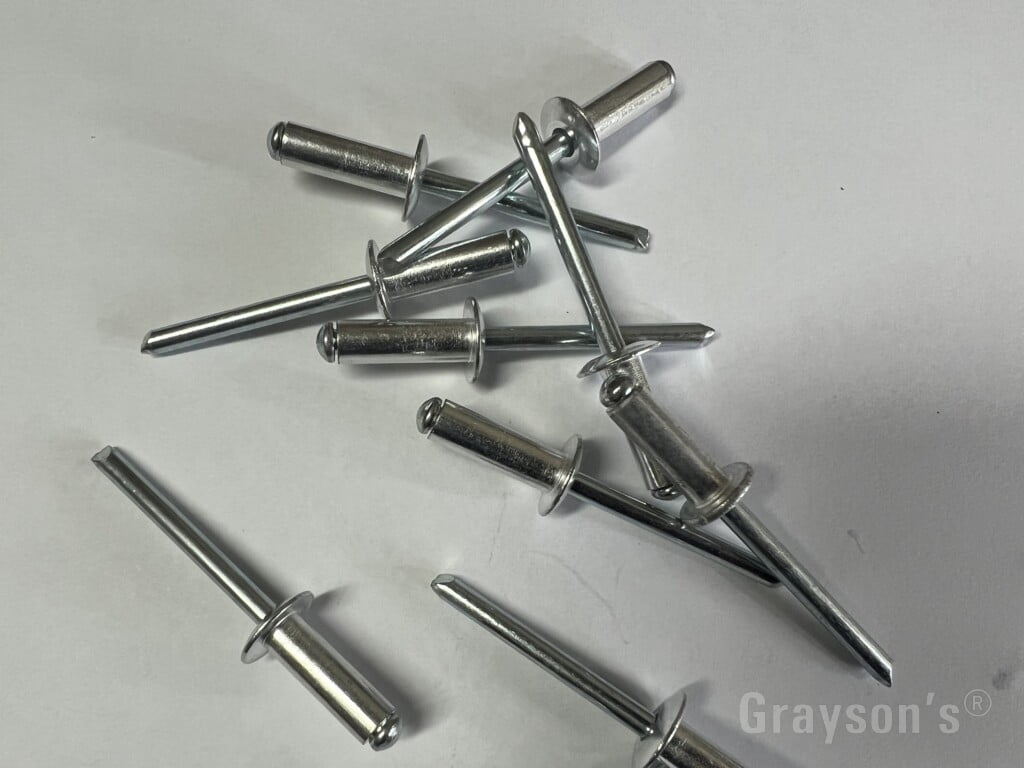

Pop Rivets
Pop rivets are another type of less popular fastener used for gutter guards, they can come with certain limitations.
While pop rivets are fairly easy to install, they are typically not reusable. This can make gutter cleaning a challenge because the pop rivets need to be broken and drilled out with a drill bit, making the process time-consuming and potentially damaging for gutters and roofing. Once they’re broken and the cleaning is complete, they will need to be reinstalled from scratch with new pop rivets. Pop rivets can never be reused. Pop rivets are not recommended for gutter guard and they are not the ideal choice for professional gutter guard installers (this is particularly true if you foresee the need to ever service the system in future).
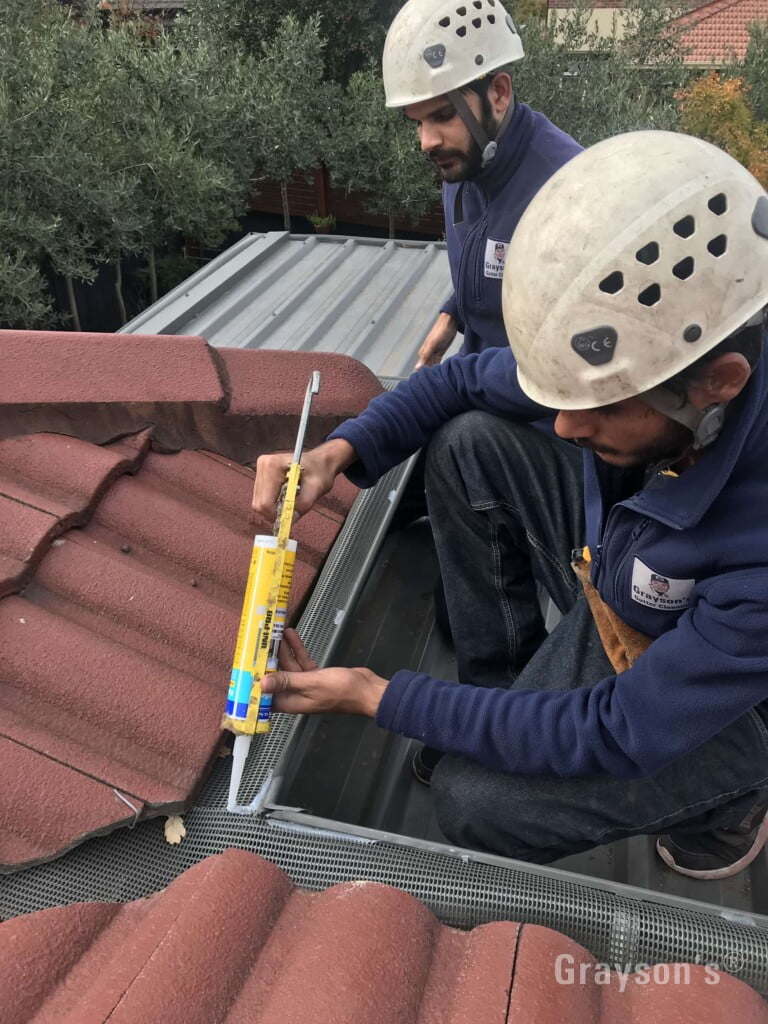

Silicone
Silicone is a popular option for fastening gutter guards due to its ease of application. What we will say though, is that it is crucial to use high-grade silicone that can withstand exposure to sunlight and weather conditions. Cheaper silicone products are prone to cracking and deteriorating, which can seriously increase the risk of gutters and gutter guards becoming open and less effective. We can absolutely recommend using high-grade silicone as it’s our fastener of choice when it comes to installing our specialised Triple-G Gutter Guards on both residential and commercial premises.
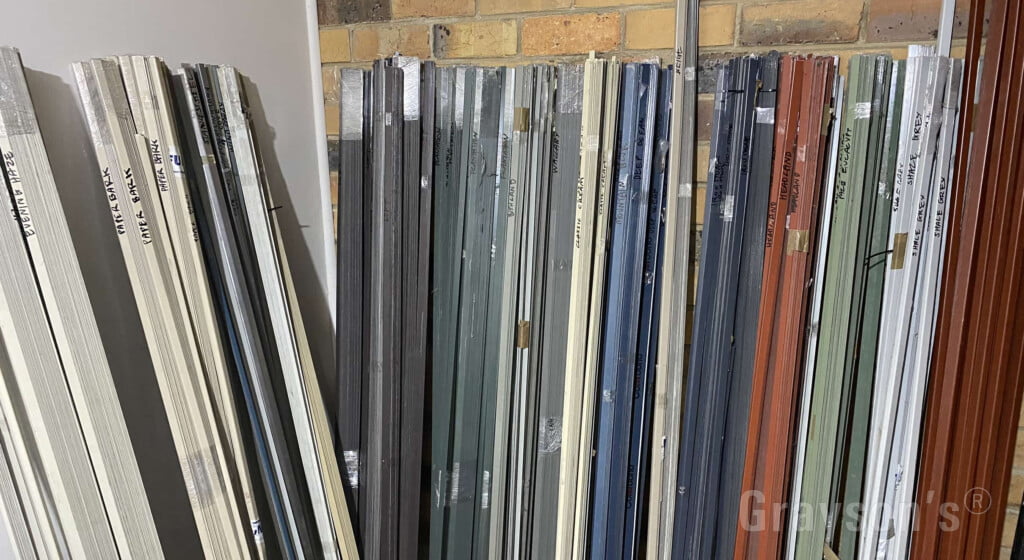

Nails
Look, we know a lot of people still pull out the hammer and nails whenever they need to attach one thing to another, but it’s really not the best way to attach gutter guards to a gutter or roofing system.
Nails are sometimes used in concealed gutters to secure the mesh of gutter guards to wooden fascia boards, but they can be an absolute pain to remove, and can lead to damage during cleaning and maintenance. We definitely suggest looking into using a different way of fastening your gutter guards. There are plenty of other options that are more suitable for easy removal and reinstallation.
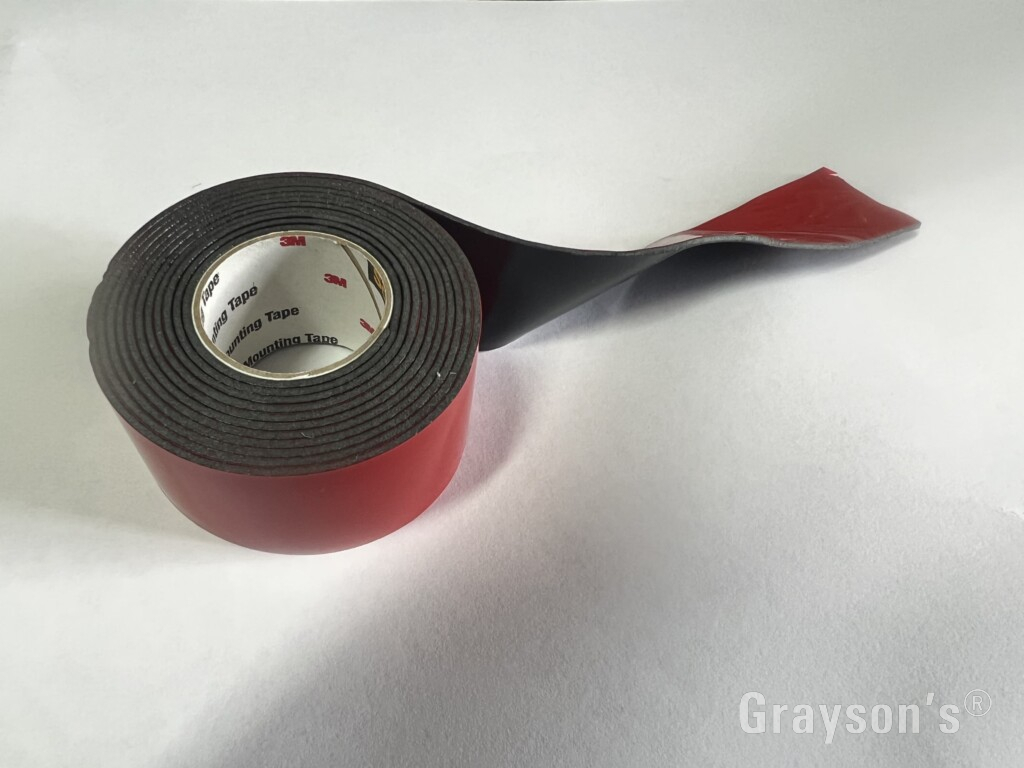

Double-Sided Tape
Some gutter guard installers choose to use double sided tape (like super sticky 3M tape) as their weapon of choice for fastening gutter guards to gutters/roofing.
When using this method, it is especially important to clean and dry the surface as preparation. While we can see the benefit of easy installation with this method, we really can’t say that it’s worth the hassle this tape can cause when it comes to removing gutter guards for cleaning. Sure, when the surface is properly cleaned and prepped before installation, tape can provide a really strong grip, however, removing it for cleaning purposes can be really difficult. This one doesn’t sit high in our list of gutter guard fastening recommendations; but for the right surface it’s certainly better than using pop rivets or nails.
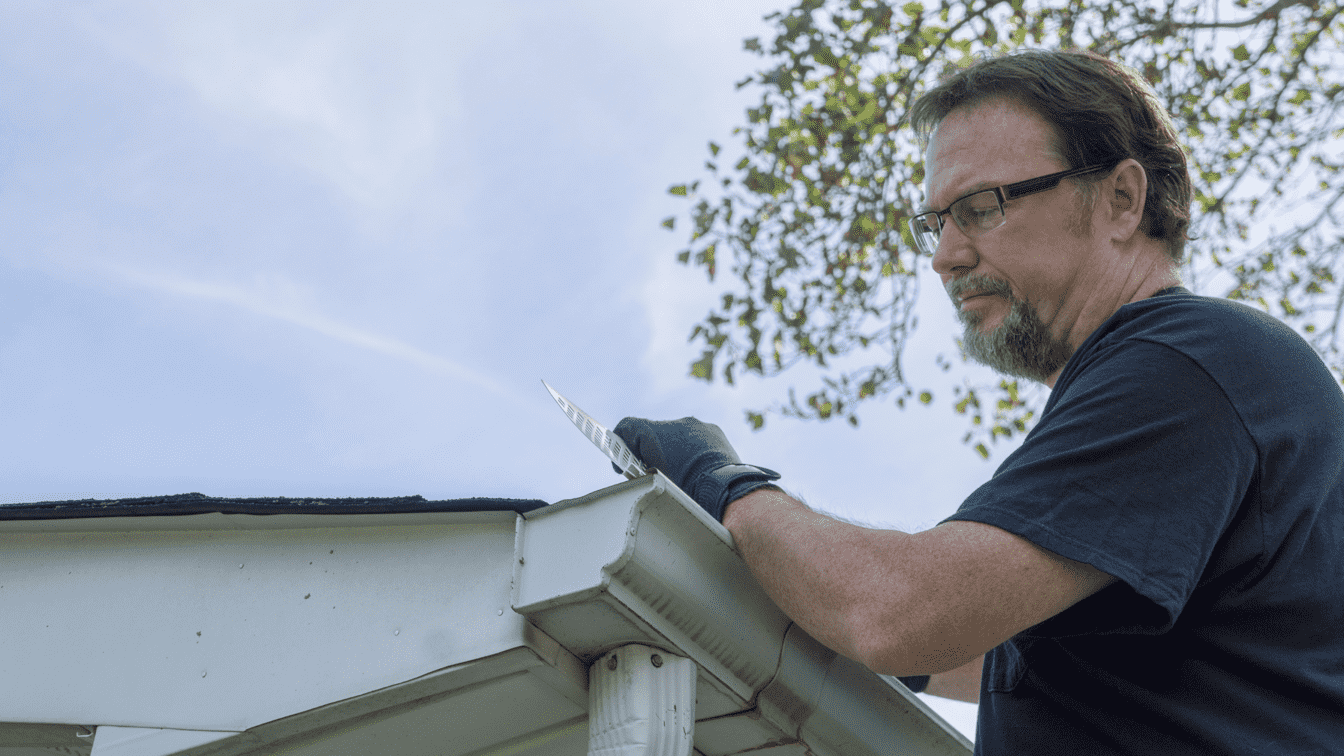

Thin Air
Some gutter technicians may say that the best gutter guard fastener is no gutter guard fastener at all. Certain gutter guards rely solely on the principle of “thin air” for their installation. That is, the gutter guards literally sit in the gutter without any physical fasteners, instead being held in place by the natural shape and weight of the guards themselves.
While this approach may seem convenient and reduce installation time, we always suggest fastening gutter guards in a way that provides adequate stability and doesn’t get dislodged easily, especially during heavy rainfall or strong winds. But to be honest, extreme heat is often more likely to cause dislodgment of gutter guard than high winds. In this regard, we can’t say that the “thin air” approach holds up.
Now you’re up to date with some of the most common gutter guard fasteners on the market, it’s important to research and chat with experienced gutter technicians to make sure you choose THE BEST and most suitable option for your unique gutter situation.
Our team here at Grayson’s are always happy to chat and will offer honest advice when it comes to gutter guard installation and maintenance for your residential or commercial premises.
We stock, install and maintain a range of gutter guards that will fit your specific requirements including gutter guards suited to fire-prone areas, gutter guards for bird proofing and gutter guards for box gutters, plus much more.
Give us a call on 1800 GUTTER (1800 488 837) or visit our contact page to get in touch.